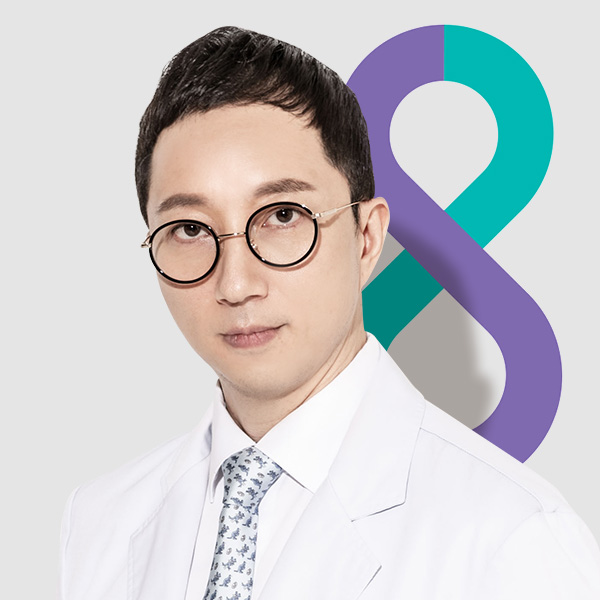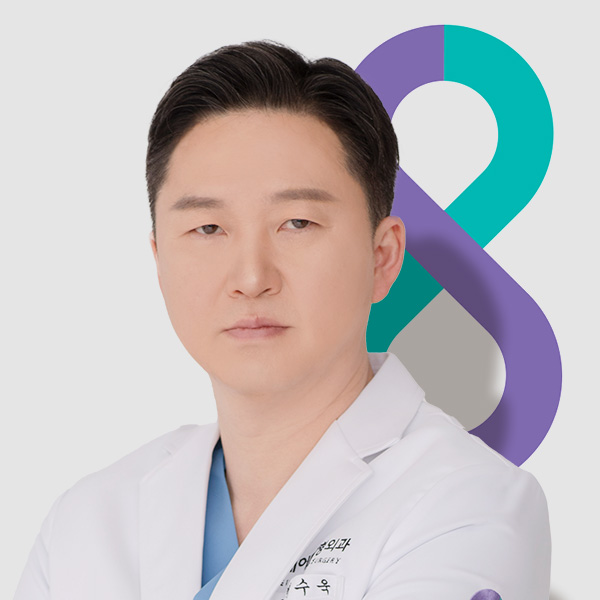성형수술한 경험이 쌓이면서 점점 성공률이 높아져가서
초보분들을 위한 성공률 높아지는 병원 고르는 팁을 적어봅니다.
블랙병원 제외 같은건 당연한 얘기니 언급x
절대 수술할때 본인이 요청하는대로 의사쌤이 해주는거라고 생각하면 안되요.
의사쌤 손에 익은 범위에서 못벗어납니다(친절하지만 디자인 맘에 안들어서 재수술로 가는 지름길)
1단계 - ㄱㄴㅇㄴ 같은 어플에서 후기사진을 수시로 구경 하세요
포샵된 사진 & 옛날에 수술한 환자들 재탕할때도 있지만 그래도 대부분 해당 병원에서 수술한 환자이긴 합니다.
(도용한 사진 쓸거면 실장들이 할인해줄테니 사진공개해달라고 매번 보챌 이유가 없죠..)
포샵된 사진이더라도 꾸준히 눈팅하면
병원마다 스타일이 눈에 보이기 시작합니다.
본인 취향에 맞는 디자인 뽑아내는 병원 추려봅니다.
- 간혹 어떤 선생님이 시술했는지 제대로 기재 안해놓는 병원 있습니다.
(ex. 같은 환자 사진이 병원내 여러 원장 후기로 올라와있거나, 해당병원에 부위별 쌤이 정해져있는데 눈수술 하는 쌤 후기에 코수술 후기 올라와있다든가)
이런 병원은 저는 걸렀습니다.
- 왜냐면 ㄱㄴㅇㄴ 사진들이 포샵은 많아도 70~80퍼 병원이 ‘시술한 선생님 / 담당부위’는 정확히 기재해놓거든요.
대부분 병원들은 그정도 양심은 지키며 마케팅하는데
저정도도 안지키는 병원은 소수라 걸렀습니다.
2단계 - 본인 맘에 드는 디자인 병원이 추려졌다면 조사에 들어갑니다. 성예사가 정보 얻기엔 당연 탑인거 같고요
(쁘락치도 당연 있긴 하지만 구별하기 쉬움)
요즘 병원마다 유튜브 많이해서
유튜브 검색해보세요.
상담 받으러 가기전에 원장님 관상(?) 말투 장사스타일 가치관 등 파악하는데 도움됩니다. 아무리 마케팅으로 연출된거지만
이런 영상이 누적되면 캐치되는 부분이 있으니깐요
간혹 유튜브 진짜 열심히 하는 병원은 수술받은 환자도 ㅃtv 같은데 나와서 인터뷰합니다.
동영상은 포샵 안된 디자인 파악할수 있는 좋은기회.
- 성형 경험치가 쌓이니
결국 영상/ 사진으로 디자인 파악하는게 제일 중요한 사전조사인거 같습니다.
우리가 대부분 성형 결심할때 거울만 보고 살때는 모르다가 친구들과 함께 찍은 사진 / 어느날부터 늙어보이는 셀카/ 동영상 같은거 보고 외모 컴플렉스 생길때가 많거든요.
내 눈으로 보이는것보다 사진~영상에 어떻게 찍힐지 머리속으로 그리는것에 익숙해지는게 중요.
안그럼 재수술로 가는 지름길 ㅠ
3단계 - 상담 받으러 다녀봅니다. 상담 다녀보면 정말 중요하면서도 쉽게 병원 거르는법이 있습니다.
- 실장이나 원장이 “어디가 불만이냐? 어디를 고치고싶냐?”
이런식으로
손님의 원하는 방향 물으면서 수술계획 잡는 병원은 거르세요.
우리가 전문가도 아니고 누구나 연예인처럼 잘생겨지고 싶은 맘은 같지만,
해부학적으로 어떤게 어울리고 가능한 범위인지는 의사들이 더 잘알아야합니다.
좋아하는 연예인 스타일정도는 말할수 있지만,
세세한거 까지 손님한테 미루는 그 병원은 디자인 경험이 별로 없는 병원이고, 님을 마루타로 쓸 계획이니 거르세요.
이런 병원들 친절하긴한데 결국엔 다 실패했습니다 전 ㅠ
그리고 디자인을 손님한테 주도하게 하는 병원은 책임회피하려는것도 있습니다.
당신이 그렇게 해달라하지 않았느냐?
- 진짜 실력있고 만족스러웠던 병원은
앉자마자 바로 딱딱딱 잡아줍니다.
콧볼은 그대로 두고 콧대도 그대로 두고 비주 내리고 등등
턱은 길이는 그대로 두고 비대칭 해결하고, 사각턱만 하면 안되고 피질골 좀 깎아야하고 등등
이런식으로 부위별로 세분화해서 관찰해줍니다.
전문가들이 리드해서 디자인을 잡아준 다음에
손님 의견을 듣습니다.
근데 실력없는 병원은 자상하기만 하고 어리버리 까면서 자꾸 손님한테 질문하는게 더 많아요
상담을 30분 넘게해도 문제점을 정확히 캐치 못해냅니다.
실력있는 곳은 짧은 시간안에 님의 얼굴을 부위별로 관찰해내고요.
4단계 - 3단계와 같은 맥락이지만 첫수술인 분들은 본인의견은 최대한 빼세여 ㅠ
본인이 보기엔 얼굴이 길어보이는데 해부학적으로는 긴게 아니라 다른 문제일수도 있고.... 어쨌든 우리는 우리 얼굴을 입체적으로 보는것에 익숙하지 않아서 문제의 원인을 잘못파악할때가 많습니다.
본인 의견 많이 집어넣으면 첫수술 실패로 갈 가능성이 높아져요...
본인 의견은 후기사진 보고 병원 고를때만 반영 많이하세요
+++ 성형을 했는데도 여전히 못생긴 사람들 후기 많은 병원도 거르세여....그것도 디자인 실패의 결과물이니깐요
(ex 이 환자의 문제는 눈인데, 환자가 원한다고 코 해버림)
성형해서 확실히 <잘생기고 이뻐진 후기 꾸준히 있는
> 병원 추천합니다. 그런 병원은 손님을 잘 리드해서
이뻐지는 방향을 디자인해준거니깐요
대충 이렇게만 알아도 초보분들 첫수술이 실패하진 않을겁니다.
저는 당연히 생애 첫수술(윤곽) 실패했었던 사람입니다 ㅎㅎ 그래서 실패 안하려고 많이 신중해져서 그 뒤엔 다 잘됐어요
 님
님
 [성형수다]
[성형수다]  망고좋아
망고좋아
















